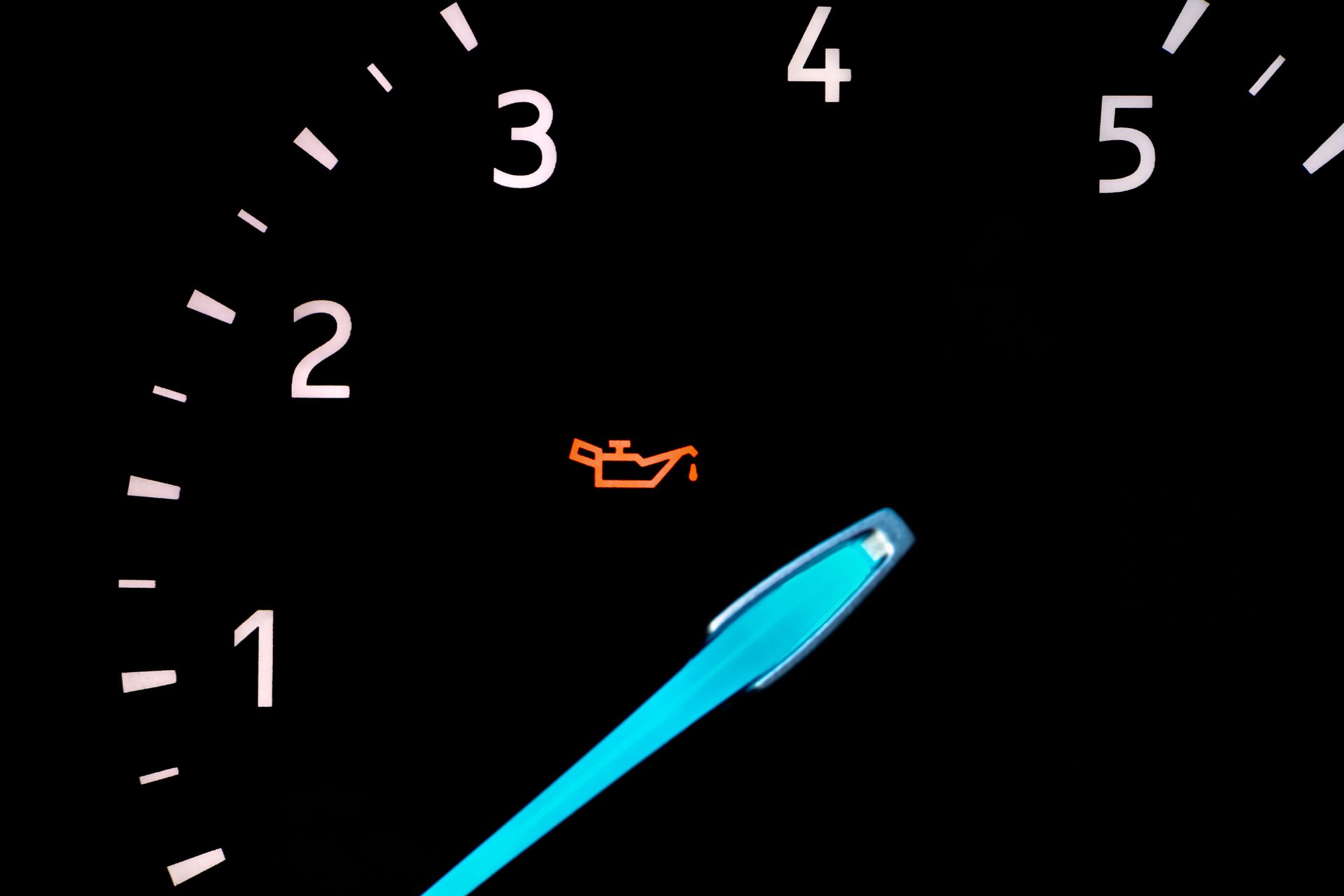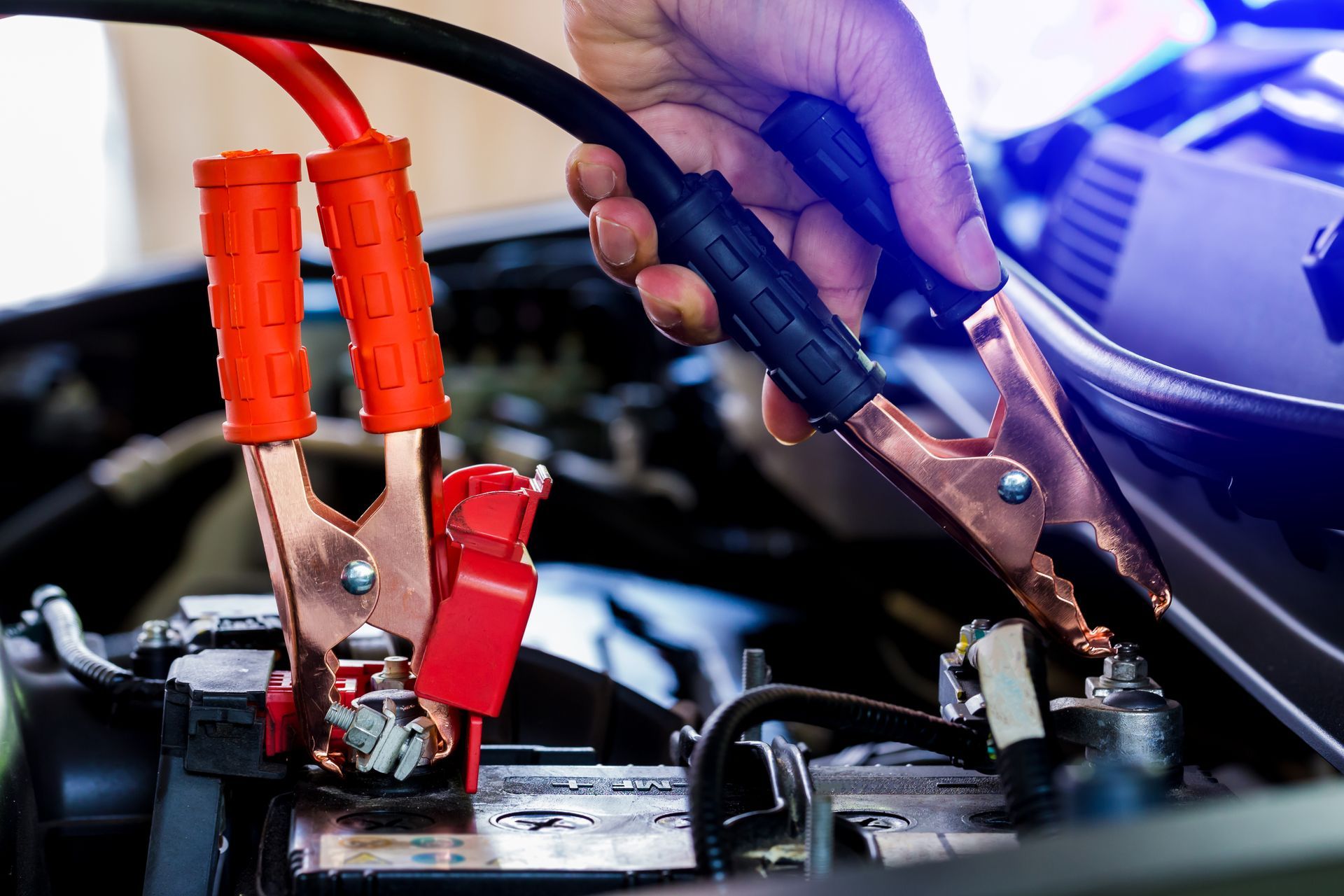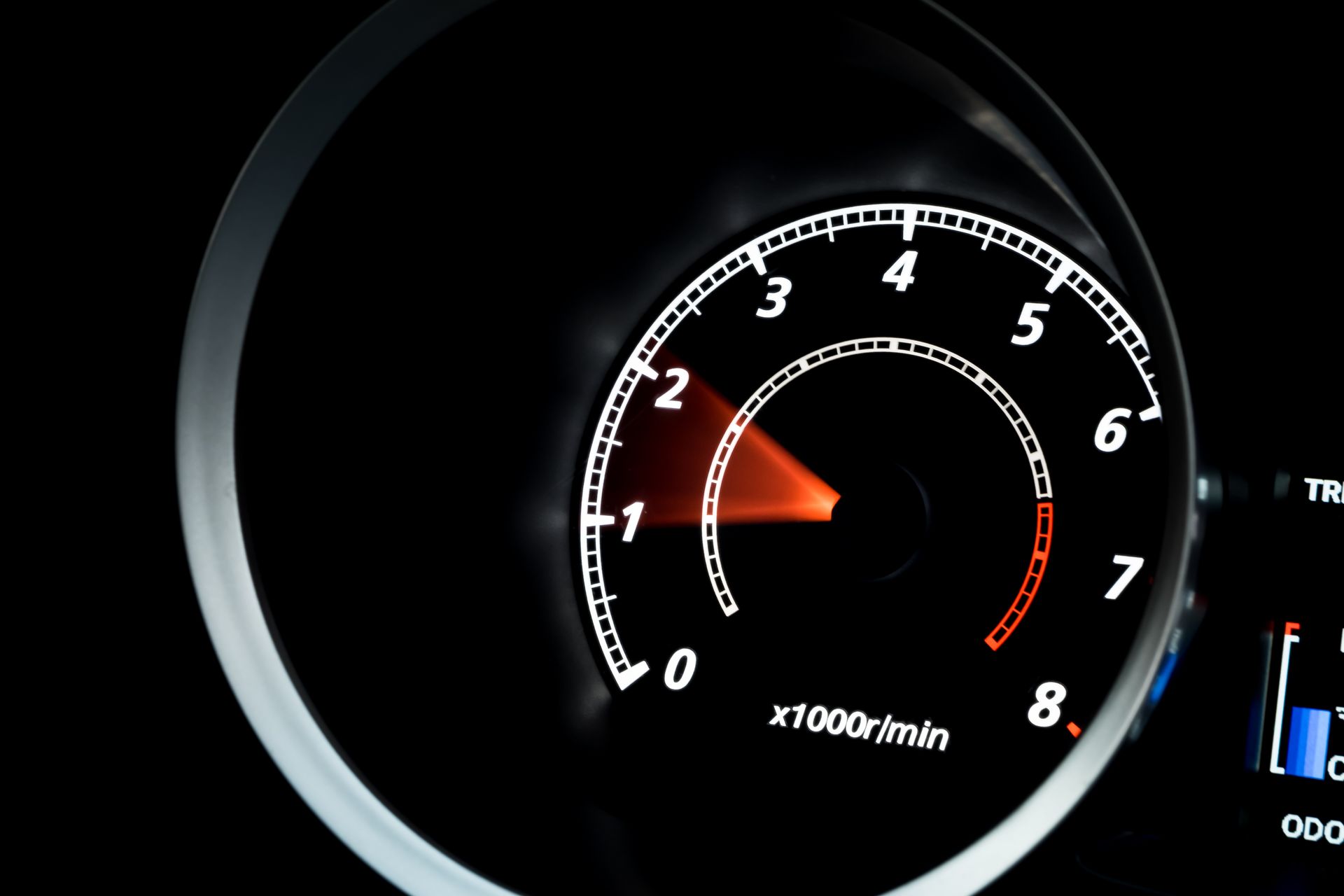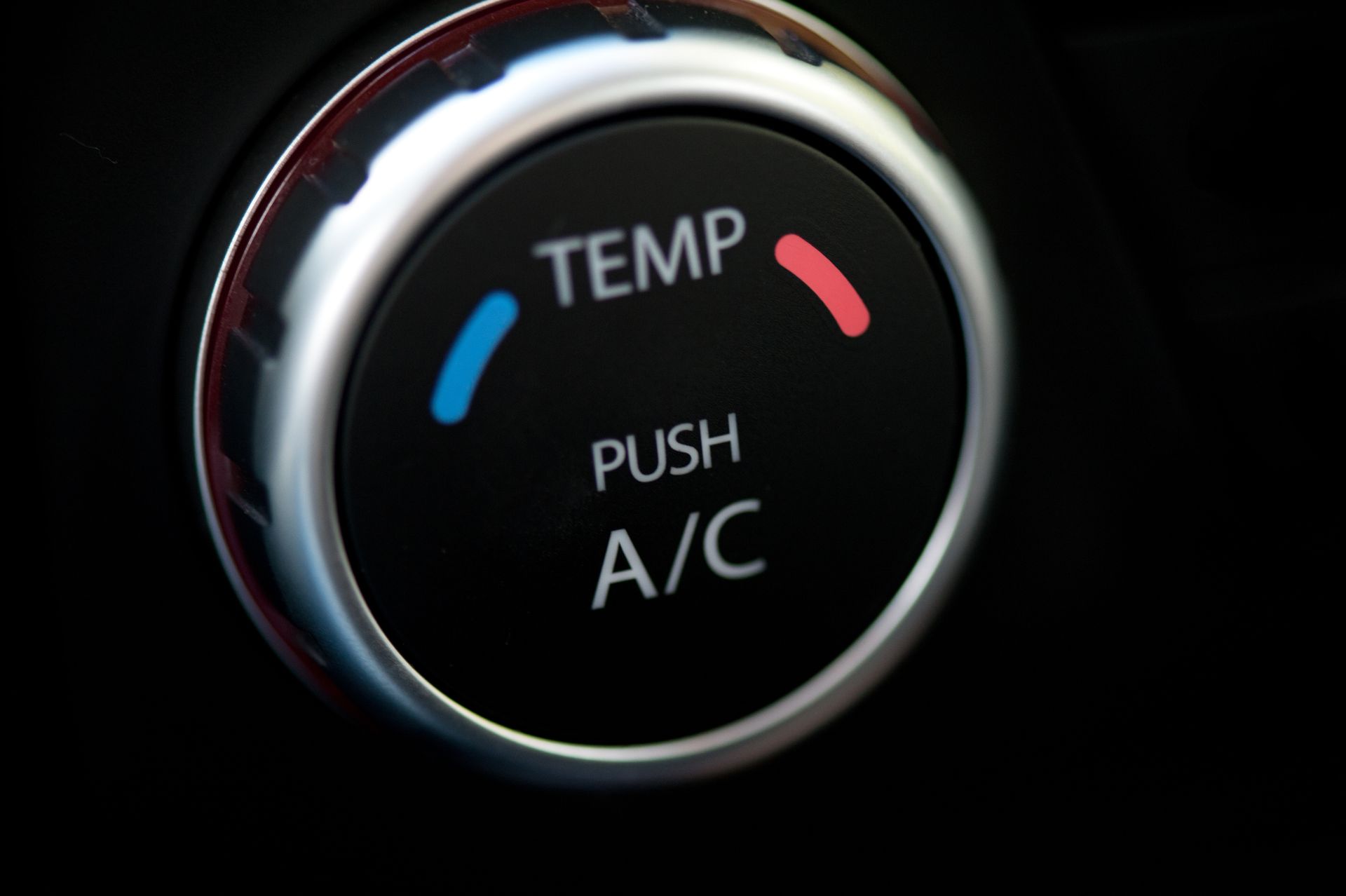Finding a puddle under your car isn’t the kind of surprise any driver wants. But not all leaks are equally serious, and figuring out what’s dripping can help you take the right steps. Whether it’s a minor seep or a sign of something more urgent, the fluid under your vehicle is trying to tell you something.
By the ocean, the mix of ocean air and daily driving takes a toll on seals, hoses, and gaskets. Recognizing what’s leaking early can help you avoid unexpected breakdowns and expensive repairs. Here’s how to identify what that puddle means before you panic.
Oil Leaks Are One of the Most Common
Engine oil is often the first fluid to show up on your driveway. It typically appears as a dark brown or black stain, sometimes with a greasy texture. Oil leaks can develop from worn gaskets, damaged oil pans, or loose drain plugs.
A small oil spot here and there isn’t always urgent, but it should never be ignored. Low oil levels can quickly lead to poor engine lubrication, overheating, and long-term wear. If you’re topping off your oil more often than usual or seeing new spots under the engine, it’s time for an inspection.
Coolant Leaks Often Show Up in Bright Colors
Coolant, or antifreeze, is designed to circulate through your engine and radiator to regulate temperature. It typically has a bright color (green, orange, pink, or yellow) and a slightly sweet smell. If you notice a colorful puddle near the front of your vehicle, it could be coolant escaping from a hose, radiator, or water pump.
Coolant leaks can be especially dangerous in a warm climate. Overheating happens fast once coolant levels drop, and continuing to drive under those conditions puts your engine at risk. Even a small leak can become a big problem if ignored.
Transmission Fluid Usually Has a Red Tint
If you notice a reddish or dark pink fluid under the middle or rear of your car, it’s likely transmission fluid. This fluid helps your transmission shift smoothly and stay cool under pressure. Over time, it can become darker or brownish.
Leaks can form at the transmission pan, cooler lines, or seals. Since low fluid levels lead to harsh shifting, gear slipping, or complete failure, it's best to have transmission leaks addressed promptly. The leak might have already started affecting performance if you’ve noticed delayed engagement or strange noises during shifts.
Brake Fluid Is Slippery and Pale in Color
Brake fluid leaks are rare but serious. The fluid is usually clear or slightly yellow, with a slippery feel. It often shows up near the wheels or along the inside of the tire if a brake line or caliper is leaking.
Losing brake fluid means losing hydraulic pressure, which could result in a spongy brake pedal or reduced braking ability. If you see fluid near one of your wheels and your brakes feel off, it’s critical to stop driving and have the vehicle checked immediately.
Power Steering Fluid Can Look Similar to Transmission Fluid
In vehicles that still use hydraulic power steering, the fluid is usually reddish like transmission fluid but may be brown if it’s old. It typically leaks near the front of the car and may come from the pump, hoses, or steering rack.
If your steering feels heavy, makes whining noises, or you notice the wheel is harder to turn than usual, a fluid leak could be the cause. Addressing it early prevents damage to the power steering components.
Laguna Auto Service Center – Leak Diagnostics You Can Count On in Laguna Beach, CA
At Laguna Auto Service Center, we help drivers find the source of fluid leaks quickly and accurately. If you’re spotting stains under your car, don’t leave it to guesswork. We’ll inspect your vehicle, identify the problem, and make sure you stay safe and leak-free on the road.
Schedule a visit today and let us keep your car running clean and dry in every season.










